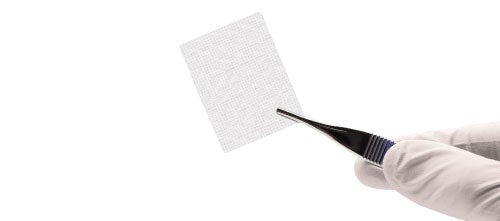
Based in Columbia of Maryland, Osiris Therapeutics is engaged in the development, manufacturing and commercialization of regenerative medicine products such as skin, bone graft and articular cartilage substitutes.
As per terms of the deal, Smith & Nephew will purchase Osiris’complete stock by paying 19.00 per share in cash.
Osiris Therapeutics produces various products such as Grafix, GrafixPL, GrafixPL PRIME Cartiform, Stravix, BIO and Cartiform.
Grafix is a cryopreserved placental membrane that can be directly applied to acute and chronic wounds, while Stravix is a cryopreserved placental tissue that can be used as a surgical cover or wrap to support soft tissue repair in a wide range of surgical procedures.
BIO is a bone matrix for bone repair and Cartiform is an allograft for articular cartilage repair.
Subject to customary closing conditions, the deal is expected to be completed in the second quarter of this year. Once the deal concludes, around 360 employees of Osiris will join Smith & Nephew.
Smith & Nephew CEO Namal Nawana said: “Greater presence in the fast growing regenerative medicine market enhances our portfolio and will help immediately accelerate our wound management business as well as provide longer term innovations in additional channels and indications.
Separately, Smith & Nephew has also agreed to acquire software-driven medical technology firm Brainlab’s orthopedic joint reconstruction business.
The acquired orthopedic joint reconstruction business offers surgeons with digital workflow tools ranging from pre-operative planning, intraoperative navigation to postoperative evaluation and sharing.
The deal also includes the acquisition of certain intangible assets and Brainlab’s orthopedic salesforce, which will be incorporated into the Smith & Nephew robotics commercial organization.
Smith & Nephew will work with Brainlab for the development of applications in orthopedic reconstruction and sports medicine.
The deal allows Smith & Nephew to access a range of Brainlab technologies in cloud computing, tracking, augmented reality, robotics, AI, machine learning, image fusion, and anatomical segmentation.






